Storing a wet tent is a dangerous proposition no matter where you put it or for how long. Mold growth happens fast, and if you aren’t careful, your tent could become worthless as it becomes infested with fungi like slime molds and small mushrooms. How long you can store a wet tent depends on the precautions you take beforehand, how wet the tent got, and the current weather conditions at the time of storage.
Storing Wet Tent
Storing a Wet Tent with No Precautions
I think this would be the worst-case scenario in which to store your tent. This might happen when you go car camping and end up with foul weather and a leaking tent but don’t wish to head home early. In these situations, I would never store my tent for more than 24 hours. Microbes, including fungi, multiply quickly when given wet conditions and a sufficient food source. Unfortunately, your tent provides both of those things when it retains moisture. Molds grow exponentially, meaning that although you may not see any signs of a problem for the first few hours of storage, much bigger issues may start to develop very quickly after a certain length of time. However, these microbes require water to grow, so if you dry out your tent then any growth should stop.
Other factors play into how fast mold grows in your tent, such as what species are most abundant in the area and what temperature it is outside. As a general rule, fungi grow faster in warmer and more humid weather. A cold and dry climate may allow you to store your tent for longer, but I wouldn’t risk it. High-quality tents are worth too much to try pushing your luck and hope that the weather plays out in your favor. If you haven’t done any preparations beforehand, I’d recommend that you only store your tent for up to 24 hours before drying it out.
Anti-Microbial Products
Mold spores are harder to kill than bacteria, but some products can still prevent their growth for a time. These anti-microbial products are often marketed specifically for their mold prevention abilities, but you need to be careful when using them. Many are designed to be used only on home building materials and may be harmful when sprayed on your tent. Others could be toxic or smell bad. Plus, even when you do find a product that works on your tent, you can only slow growth, rather than stopping it completely.
Eventually, a mold of some sort can get through even a thickly-applied layer of anti-microbial spray, spreading and growing just as it would without the spray applied. However, these products do add substantial protection and should be able to keep your tent protected for somewhere between three and seven days, depending on the conditions outside. However, this is no guarantee, and a mold species resistant to the spray may start growing immediately if you’re unlucky.
What if I Dry it Out?
Drying out a tent stops mold from growing, but cannot kill it. Spores are very hardy and can withstand almost any cleaning supplies and dryness they may encounter. Wiping down your tent stops any more fungi from growing, but you’ll need to scrub your tent clean and use an anti-microbial product on it later to stop the infestation from coming back. However, when you’re out in the field and just need to make sure that your tent doesn’t get too damaged, wiping it down can do far more than an anti-microbial product alone ever could.
Remove Dirt and Debris
Most species of fungi prefer to hitchhike on leaves, dirt, and other common debris, rather than simply floating through the air. Brushing away dirt, plant matter, and other debris can be an effective way of slowing the spread of mold in your tent, especially if unfavorable conditions like cold weather might already be slowing the growth down. However, unless your tent has never been taken out of its packaging, it likely already harbors mold spores of some kind. Remember, you can never completely keep mold out of your tent, but you can take steps to slow down its growth.
Conclusion
Storing a wet tent may be convenient, but you should think twice before letting it sit too long. Taking a towel out and removing as much moisture as you can should prevent most growth, but if you need to wait up to a day before that happens, then you probably won’t have any trouble. If you’re camping out in a particularly hot and humid environment, take extra precautions like bringing an anti-microbial product with you, since the threat of fungal growth may be much higher compared to that experienced by campers in other regions. But, if worse comes to worst and you still wind up with mold growth in your tent, some heavy scrubbing and a bit of cleaning product should do the trick.

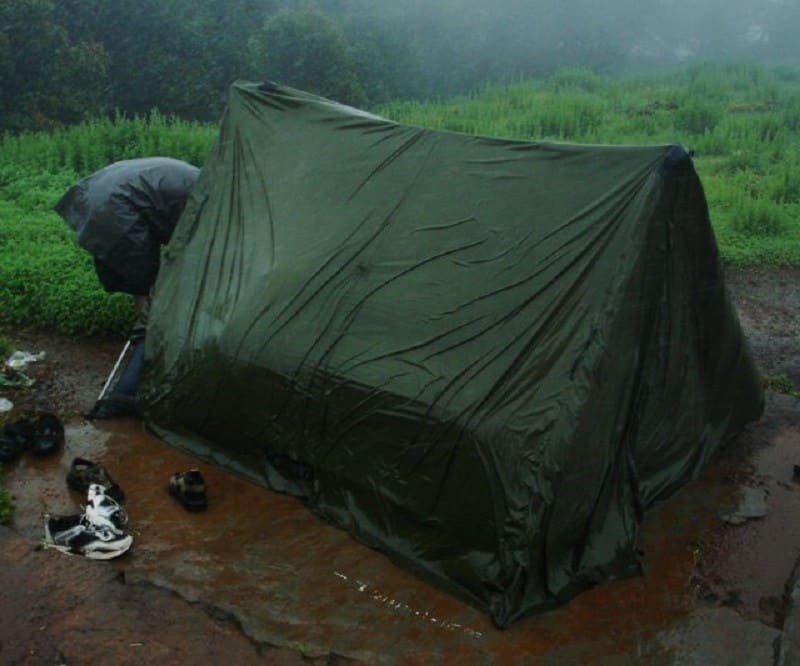
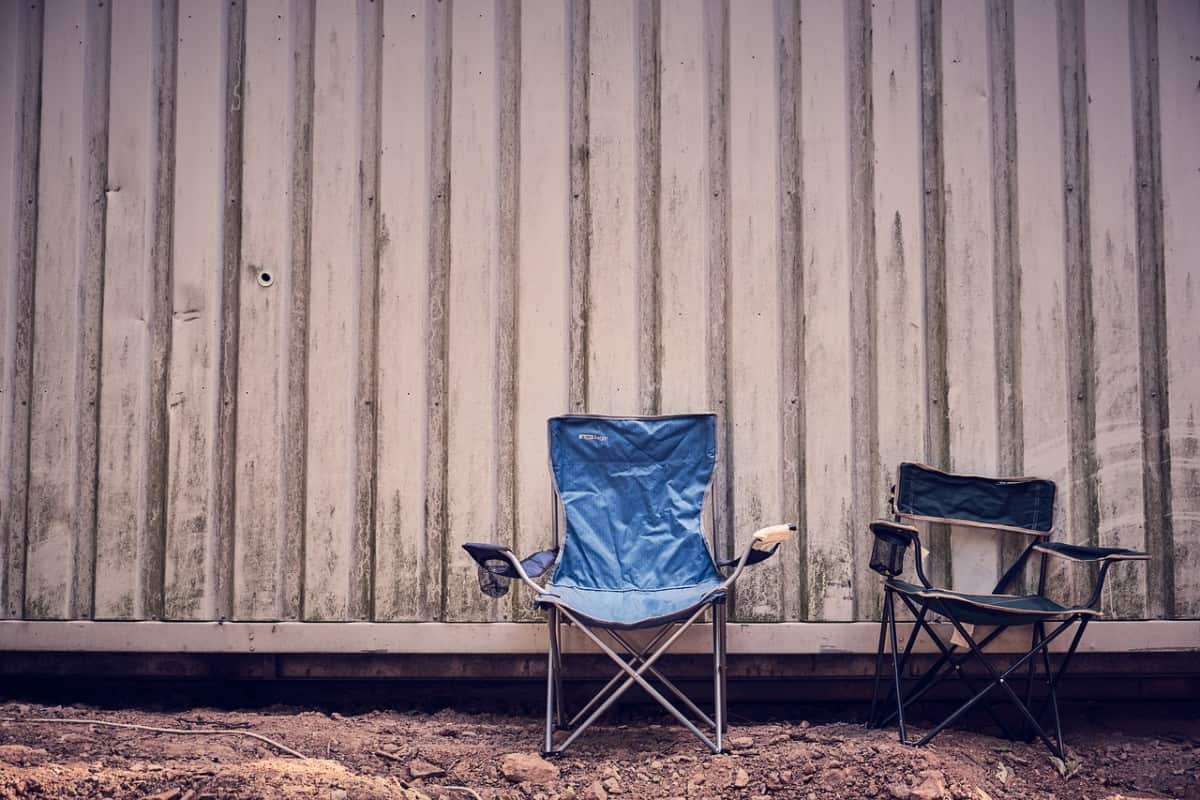

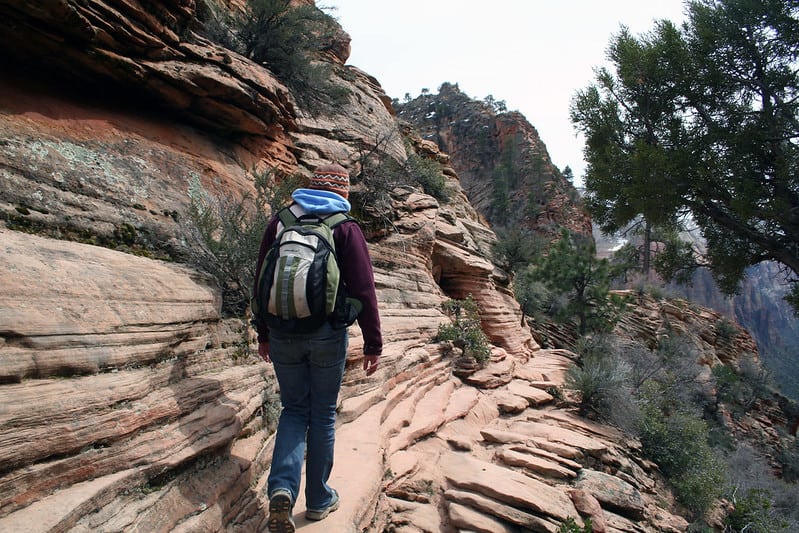
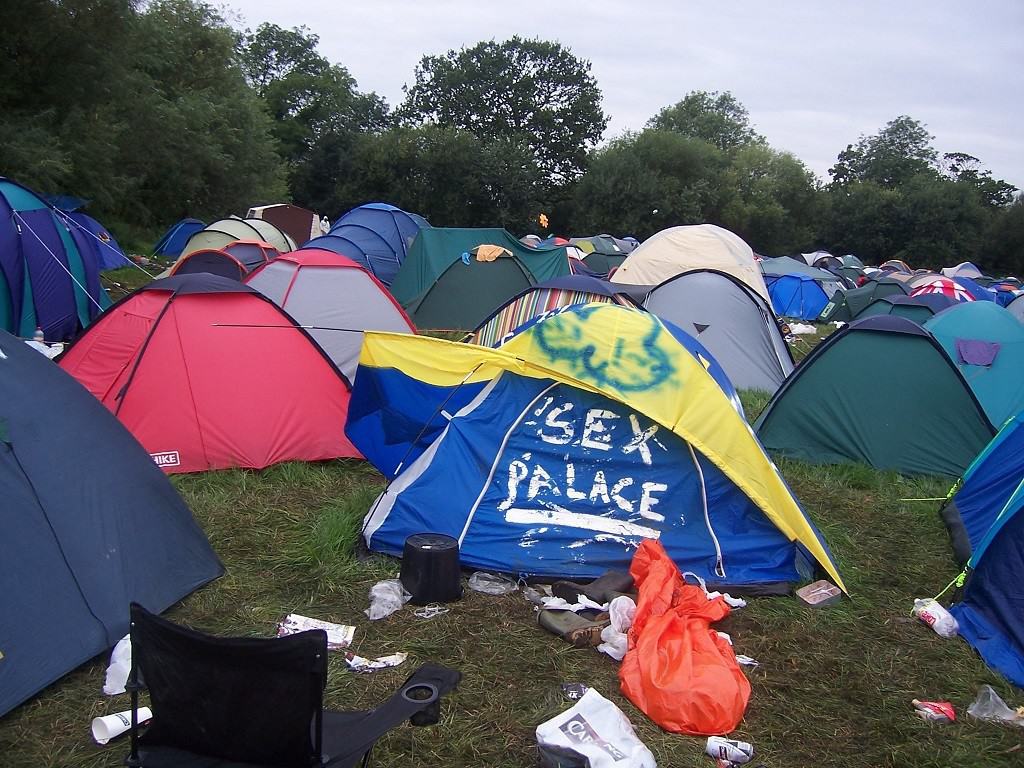

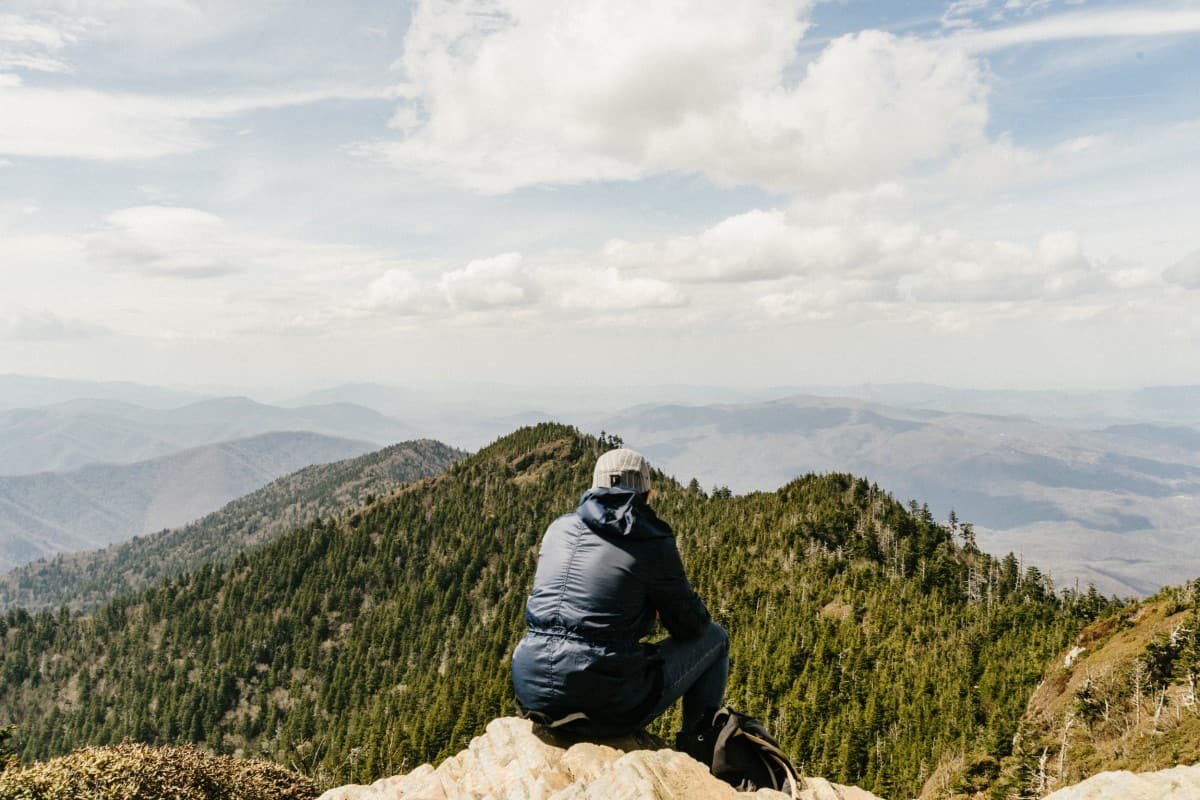
Leave a Comment